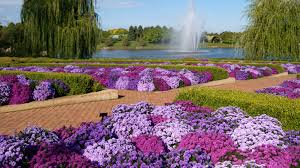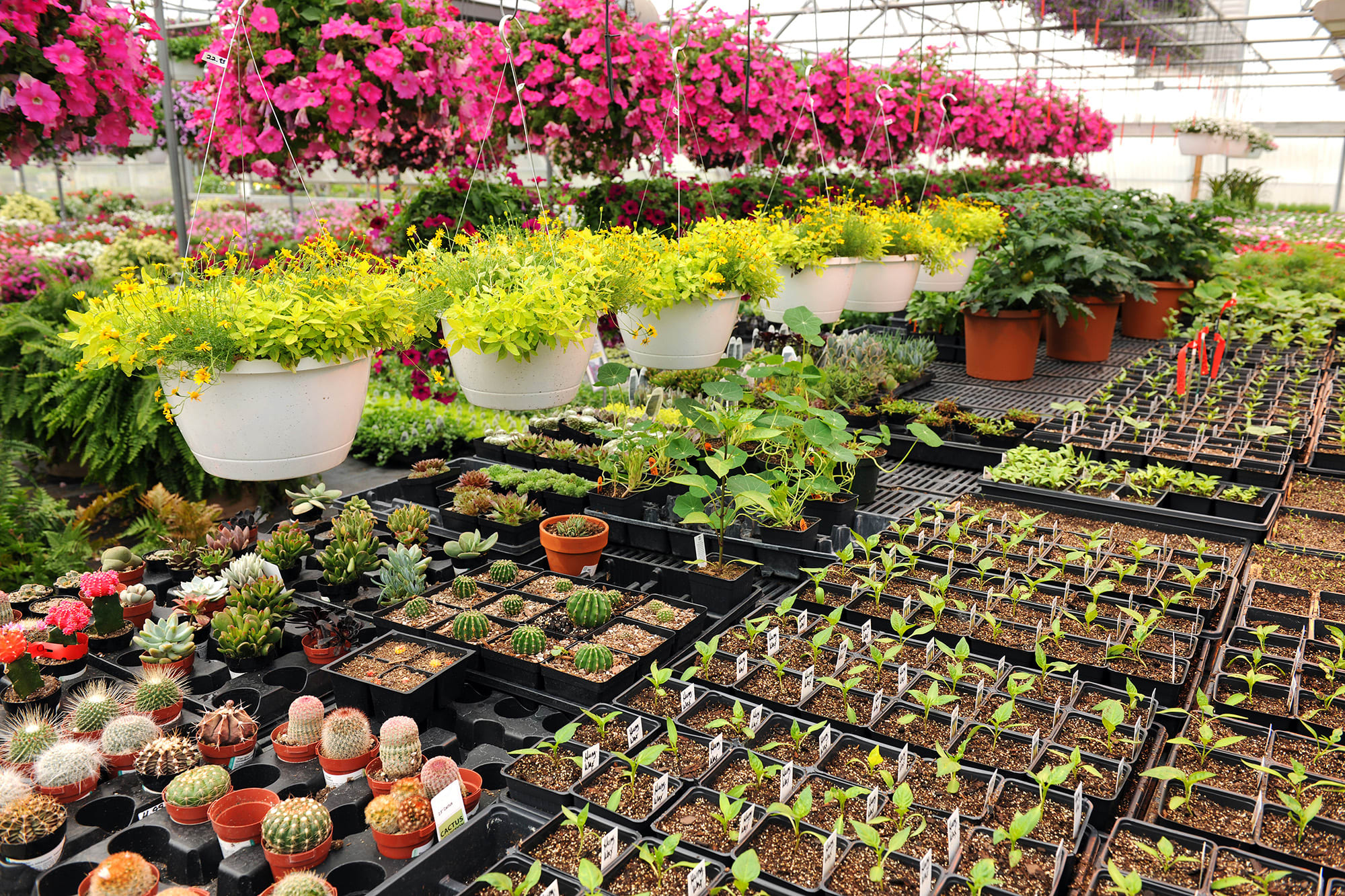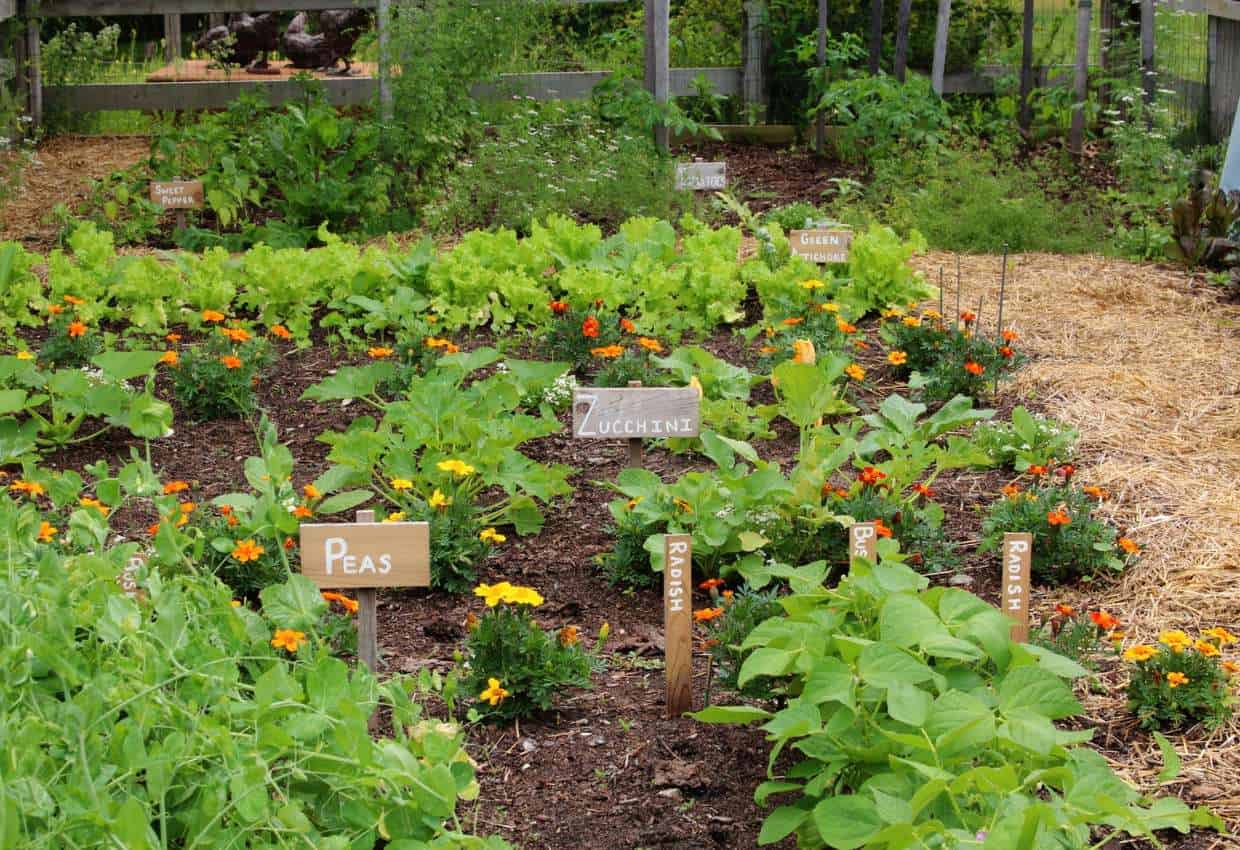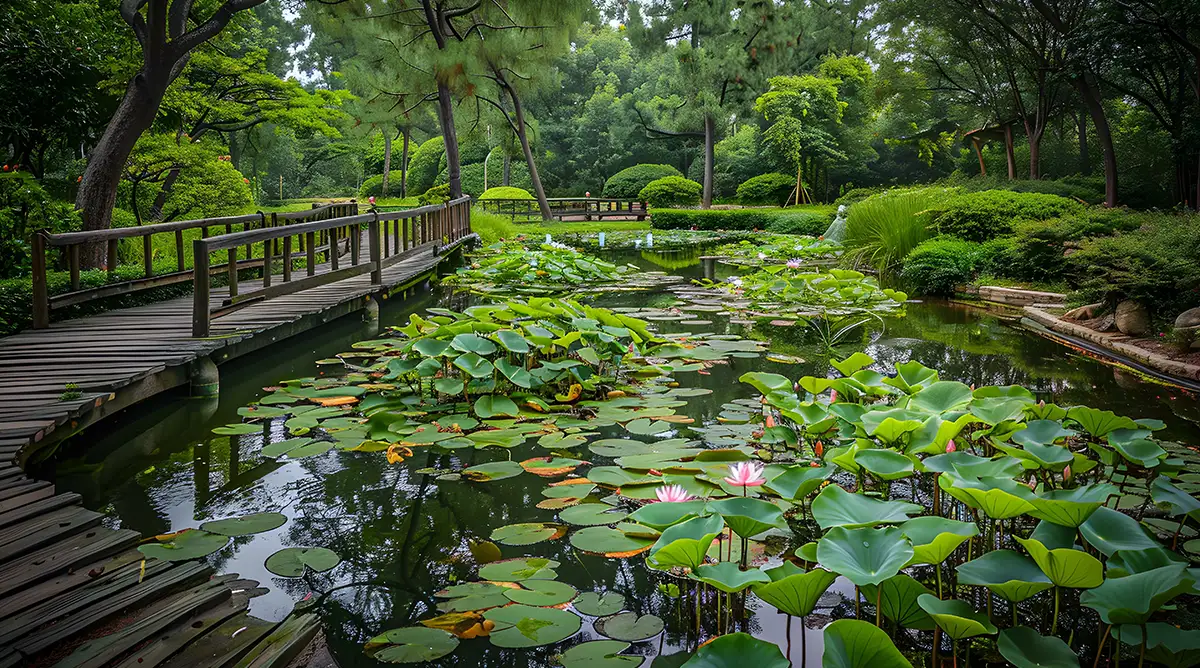Botanical gardens are not just collections of plants; they are living museums that showcase the diversity and beauty of the plant kingdom. These curated outdoor spaces offer a unique opportunity to explore the wonders of nature, learn about plant science, and appreciate the intricate relationships between plants and their environments.
A Brief History
The concept of botanical gardens dates back to ancient civilizations, where medicinal plants were cultivated and studied. However, modern botanical gardens emerged in the Renaissance, as European explorers brought back exotic plants from their voyages. These gardens served as centers of scientific research, education, and horticulture.
The Role of Botanical Gardens Today
Today, botanical gardens continue to play a vital role in society. They serve several key functions:
- Conservation: Botanical gardens protect endangered plant species and promote plant conservation efforts.
- Education: They provide educational programs for people of all ages, from school children to adult learners.
- Research: Botanical gardens support scientific research in areas such as plant taxonomy, ecology, and genetics.
- Horticulture: They showcase the beauty and diversity of plants through stunning displays and horticultural exhibitions.
- Public Recreation: Botanical gardens offer serene and inspiring spaces for people to relax, unwind, and connect with nature.
Key Features of a Botanical Garden
A typical botanical garden features several key elements:
- Plant Collections: These collections may include a wide range of plants, from native species to exotic plants from around the world.
- Conservatories: These glasshouses create controlled environments to cultivate plants from diverse climates, such as tropical rainforests and arid deserts.
- Herbariums: These collections of dried plant specimens are used for research and education.
- Educational Facilities: Botanical gardens often include visitor centers, classrooms, and laboratories.
- Gardens and Landscapes: These outdoor spaces showcase different gardening styles, such as formal gardens, naturalistic gardens, and themed gardens.
Why Visit a Botanical Garden?
Visiting a botanical garden is a rewarding experience. It allows you to:
- Learn about plants: Discover the fascinating world of plants, from their structure and function to their ecological significance.
- Appreciate nature’s beauty: Immerse yourself in the beauty of diverse plant life and stunning landscapes.
- Relax and unwind: Escape the hustle and bustle of city life and enjoy the peaceful atmosphere of a botanical garden.
- Inspire creativity: Draw inspiration from the colors, shapes, and textures of plants.
- Support conservation: Contribute to plant conservation efforts by visiting and supporting botanical gardens.
Whether you’re a plant enthusiast, a nature lover, or simply seeking a tranquil escape, a botanical garden offers something for everyone. So, the next time you have the opportunity, take a stroll through a botanical garden and discover the wonders of the plant kingdom.



